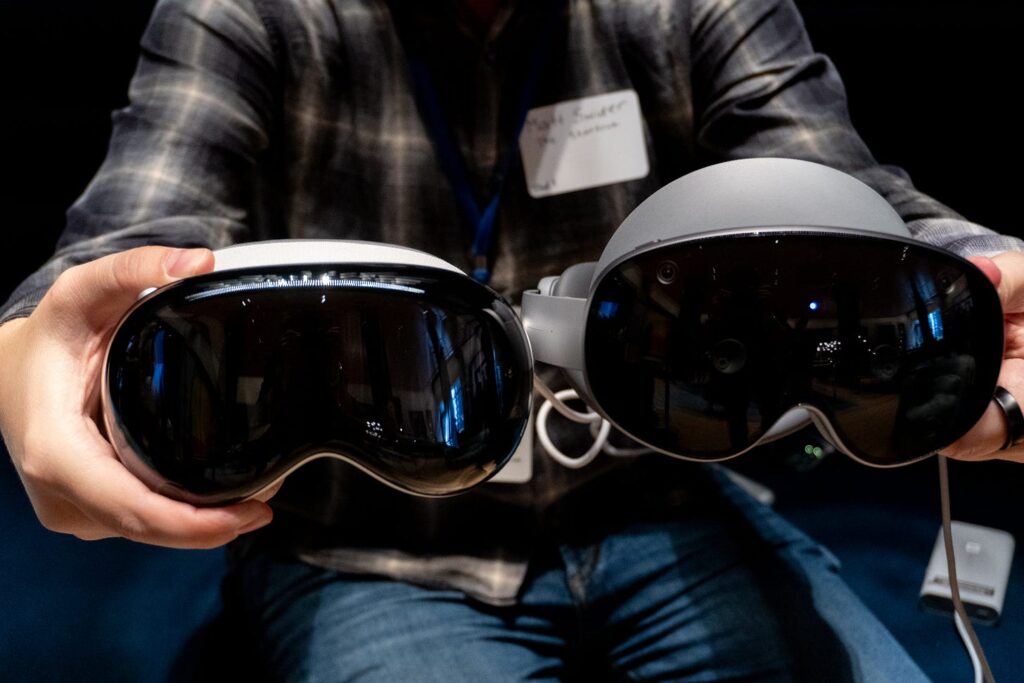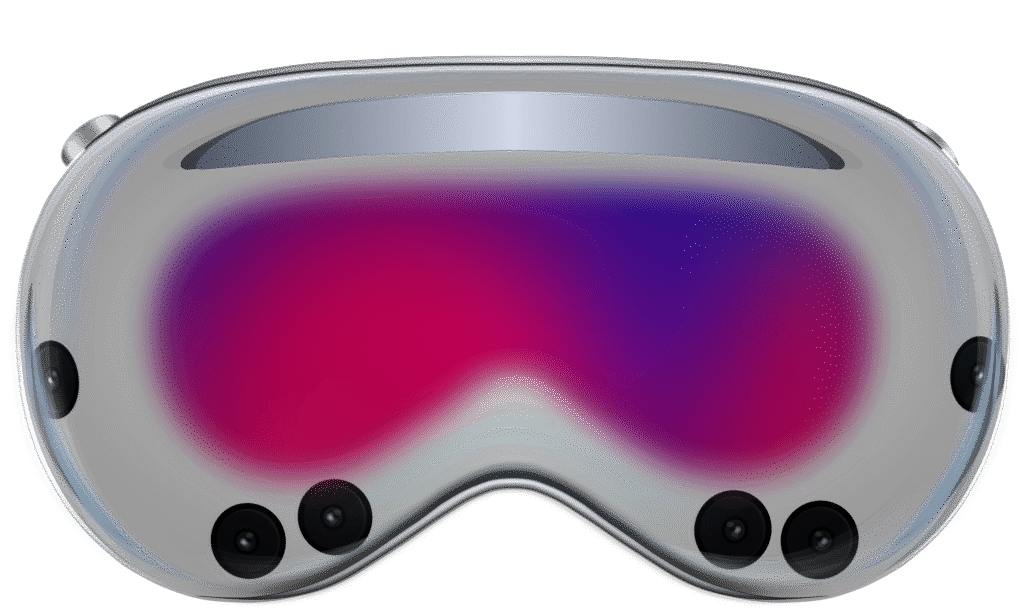Meta Description:
The Samsung Galaxy XR is here — at nearly half the price of Apple’s Vision Pro. But is Apple’s $3,499 “spatial computer” still worth the premium? Here’s a full breakdown of specs, comfort, display, and real-world value.
Introduction: The Battle for Spatial Reality Has Begun
The next generation of mixed reality has officially gone mainstream.
Apple kicked it off with the Vision Pro, a $3,499 “spatial computer” that stunned the world with its seamless blend of AR and VR.
Now, Samsung’s Galaxy XR has arrived — and at just $1,799, it’s challenging Apple’s dominance head-on.
The question everyone’s asking:
👉 Is the Vision Pro worth nearly twice as much? Or has Samsung just built the first truly accessible high-end headset?
Let’s break down the price, specs, comfort, and ecosystem — and find out who really wins the $1,700 showdown.
1. The Price War: Half the Cost, Full Experience?
Let’s start with the biggest headline — the price.
- Samsung Galaxy XR: $1,799
- Apple Vision Pro: $3,499
That’s a $1,700 difference — more than enough to buy a flagship Galaxy S24 Ultra or a MacBook Air.
This is the crux of the debate.
Apple’s Vision Pro has been positioned as a premium “spatial computer,” targeting professionals and creators. Samsung, on the other hand, seems to be going for mass adoption — a device that delivers immersive XR without draining your bank account.
If Apple defined luxury XR, Samsung might have just defined mainstream XR.
2. Display Showdown: Pixels vs. Performance
| Feature | Samsung Galaxy XR | Apple Vision Pro |
|---|---|---|
| Display Type | Micro-OLED | Micro-OLED |
| Total Pixels | ~27 million | ~23 million |
| Refresh Rate | 90Hz | 120Hz |
| Field of View | Slightly wider | Narrower but sharper |
| Resolution per Eye | Higher overall | Still industry-leading clarity |
Analysis:
Samsung takes the crown in raw pixel count, giving it a slightly sharper visual experience, especially for videos and panoramic content.
Apple, however, wins in motion fluidity — its 120Hz refresh rate makes UI navigation, 3D modeling, and spatial video playback feel incredibly smooth.
Verdict:
- For visuals and immersion → Galaxy XR
- For responsiveness and cinema-quality motion → Vision Pro
3. Performance: Desktop Muscle vs. Mobile Efficiency
Apple Vision Pro
- Chip: M2 + R1 processor
- Power level: Comparable to a MacBook Air
- Strength: High-end multitasking, spatial video editing, pro workflows
Samsung Galaxy XR
- Chip: Snapdragon XR2+ Gen 2
- Power level: Optimized for standalone XR performance
- Strength: Cool operation, battery efficiency, mobile compatibility
In real-world use, the Vision Pro handles heavy workloads, multitasking multiple 3D apps at once — it’s genuinely a computer you wear.
The Galaxy XR, by contrast, feels more like a refined, lightweight media and gaming headset that doesn’t need a tether or battery pack to perform.
Verdict:
- Creators and professionals → Vision Pro
- Everyday users and gamers → Galaxy XR
4. Comfort & Design: Samsung’s Biggest Win
| Metric | Galaxy XR | Vision Pro |
|---|---|---|
| Weight | ~545g | 600g+ |
| Battery | Integrated | External pack |
| Materials | Lightweight polymers | Aluminum and glass |
| Design | Balanced & breathable | Premium but front-heavy |
Apple’s headset is undeniably luxurious — aluminum frame, curved glass, and magnetic strap design.
But after a few hours, the weight and front bias become noticeable.
Samsung’s lighter build and integrated battery make it far more comfortable for extended use. You can actually forget you’re wearing it — and that’s a big deal for mainstream adoption.
Verdict:
Samsung wins comfort hands down.
5. Ecosystem: Where You Live Decides What You Love
Apple Vision Pro
- Deep integration with macOS, iCloud, and iPhone.
- Access to Apple TV+, FaceTime in 3D, and spatial computing apps.
- Ideal for designers, developers, and Apple power users.
Samsung Galaxy XR
- Built on Android + Galaxy ecosystem.
- Supports Google XR, YouTube VR, and immersive media apps.
- Ideal for Android users and media consumers.
This is where ecosystems matter most. If you already live in Apple’s world, the Vision Pro feels like home.
If you’re part of the Galaxy or Android family, the Galaxy XR integrates more naturally — and costs a lot less doing it.
6. Real-World Use: Creator’s Tool vs. Consumer Gateway
Apple Vision Pro:
A creator’s dream. Ideal for spatial design, AR prototyping, immersive video editing, and professional VR collaboration.
Samsung Galaxy XR:
A consumer’s gateway. Perfect for gaming, immersive entertainment, and exploring AR features without friction or complexity.
Apple’s approach is “pro-first.”
Samsung’s approach is “everyone-first.”
7. The Verdict: Who Wins the $1,700 Question?
Both devices represent the future — just aimed at different audiences.
Buy the Apple Vision Pro if:
- You’re an Apple ecosystem user.
- You want pro-level performance and precision.
- You’re investing in long-term spatial computing tools.
Buy the Samsung Galaxy XR if:
- You want cutting-edge XR without spending $3,500.
- You value comfort, portability, and Android integration.
- You’re primarily focused on immersive content and casual XR experiences.
Final Take:
The Apple Vision Pro is still the premium benchmark.
But the Samsung Galaxy XR has done something far more important — it’s made spatial computing accessible.
At $1,799, Samsung might not just be competing with Apple… it might be defining the mainstream future of mixed reality.

